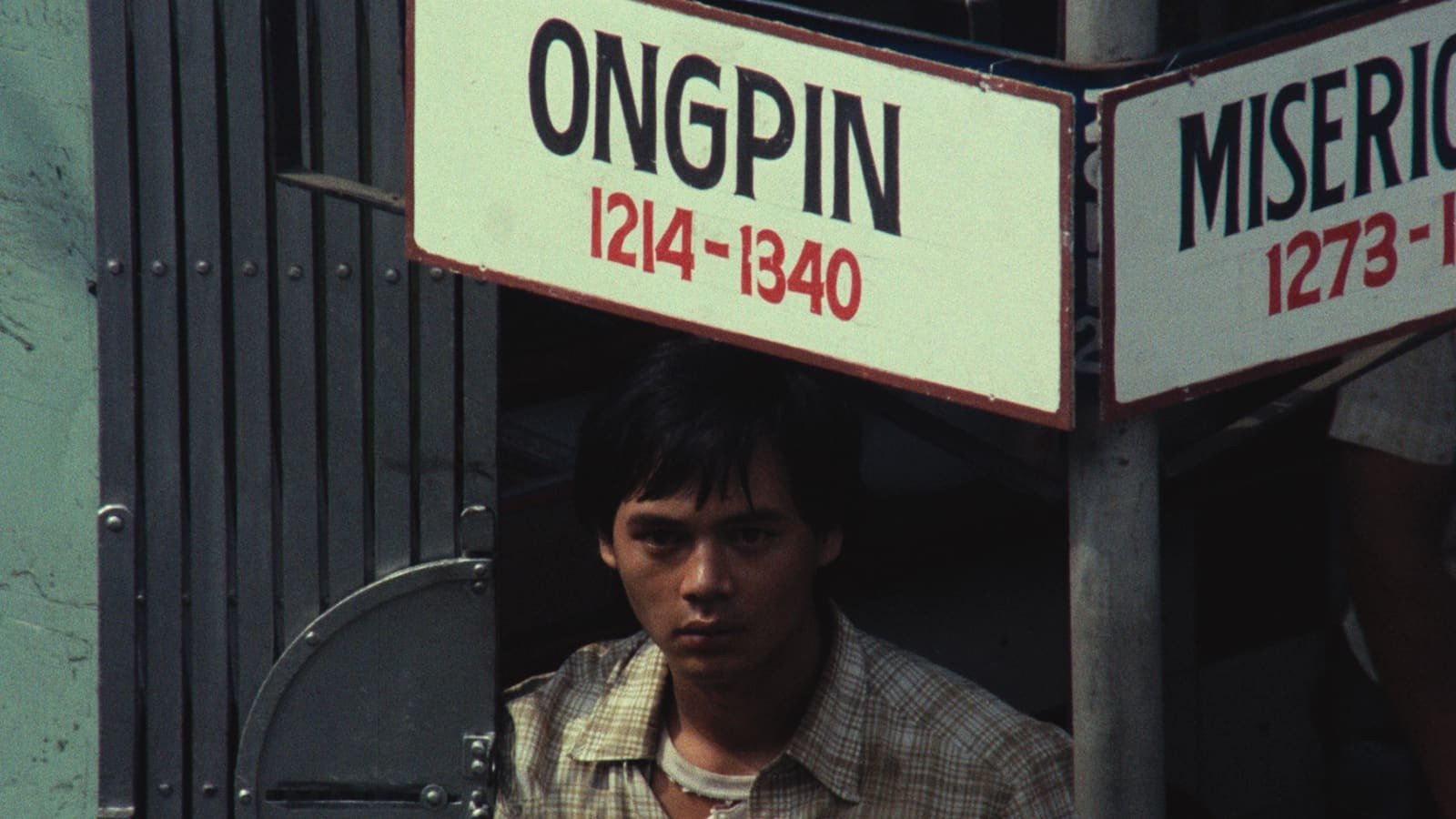Manila in the Claws of Light
Lino Brocka, Philippines, 1975, 125 min
Lino Brocka broke through to international acclaim with this candid portrait of 1970s Manila, the second film in the director’s turn to more serious-minded filmmaking after building a career on mainstream films he described as “soaps.” A young fisherman from a provincial village arrives in the capital on a quest to track down his girlfriend, who was lured there with the promise of work and hasn’t been heard from since. In the meantime, he takes a low-wage job at a construction site and witnesses life on the streets, where death strikes without warning, corruption and exploitation are commonplace, and protests hint at escalating civil unrest. Mixing visceral, documentary-like realism with the narrative focus of Hollywood noir and melodrama, Manila in the Claws of Light is a howl of anguish from one of the most celebrated figures in Philippine cinema.
Lino Brocka, Philippines, 1975, 125 min
Lino Brocka broke through to international acclaim with this candid portrait of 1970s Manila, the second film in the director’s turn to more serious-minded filmmaking after building a career on mainstream films he described as “soaps.” A young fisherman from a provincial village arrives in the capital on a quest to track down his girlfriend, who was lured there with the promise of work and hasn’t been heard from since. In the meantime, he takes a low-wage job at a construction site and witnesses life on the streets, where death strikes without warning, corruption and exploitation are commonplace, and protests hint at escalating civil unrest. Mixing visceral, documentary-like realism with the narrative focus of Hollywood noir and melodrama, Manila in the Claws of Light is a howl of anguish from one of the most celebrated figures in Philippine cinema.
Lino Brocka, Philippines, 1975, 125 min
Lino Brocka broke through to international acclaim with this candid portrait of 1970s Manila, the second film in the director’s turn to more serious-minded filmmaking after building a career on mainstream films he described as “soaps.” A young fisherman from a provincial village arrives in the capital on a quest to track down his girlfriend, who was lured there with the promise of work and hasn’t been heard from since. In the meantime, he takes a low-wage job at a construction site and witnesses life on the streets, where death strikes without warning, corruption and exploitation are commonplace, and protests hint at escalating civil unrest. Mixing visceral, documentary-like realism with the narrative focus of Hollywood noir and melodrama, Manila in the Claws of Light is a howl of anguish from one of the most celebrated figures in Philippine cinema.

